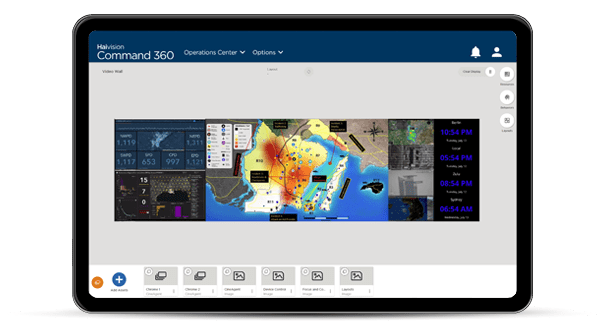Across the country, Emergency Operations centers are moving forward with plans aimed at combating the spread of COVID-19. It’s during these hectic times that several organizations come together with a need to work in unison. From a local city level to the highest federal offices, everyone involved must be operating with the same verified information. Unconfirmed intelligence and misguided direction can damage operational efficiency. To put it simply, everyone needs to operate within one version of the truth. It’s within these Emergency Operations Centers that we see the best practices relied upon during times of great need.
Earlier in March, the state of Vermont activated its own Emergency Operations Center based in Waterbury to coordinate resources as the spread of COVID-19 continues. While used previously to address issues such as natural disasters, the facility is centered around a collaborative visualization system that lets the Department of Health and Emergency Management officials monitor the outbreak as it progresses while also disseminating valuable information to citizens throughout the state. With all data, incoming and outgoing, funneled through a common operating picture, state officials are better equipped to both serve the needs of their citizens now while planning for what’s to come in this evolving fight. Even as social distancing guidelines limit the number of effective staff that can be onsite, the same operating picture can be distributed across remote workstations, ensuring that vital communications are never lost.
In New York, the Niagara County Emergency Services Department is using its system to express crucial directions and guidance from state and federal levels to its citizens. In Oxford, Alabama, the East Metro Area Crime Center is a focal point for public health and emergency officials to coordinate within one working environment, be it physical or remote, to address the needs of its public.
Emergency Operations across the country are working 24/7 to fight this virus. The brave men and women at the frontlines of this struggle all depend on reliable, up to date information to make crucial decisions around public policy and advised practices. Collaborative working command centers, such as the examples above, are not only useful in creating proactive measures before a disaster strikes, but they’re also instrumental in coordinating resources, intel, and directives whenever the situation calls.
